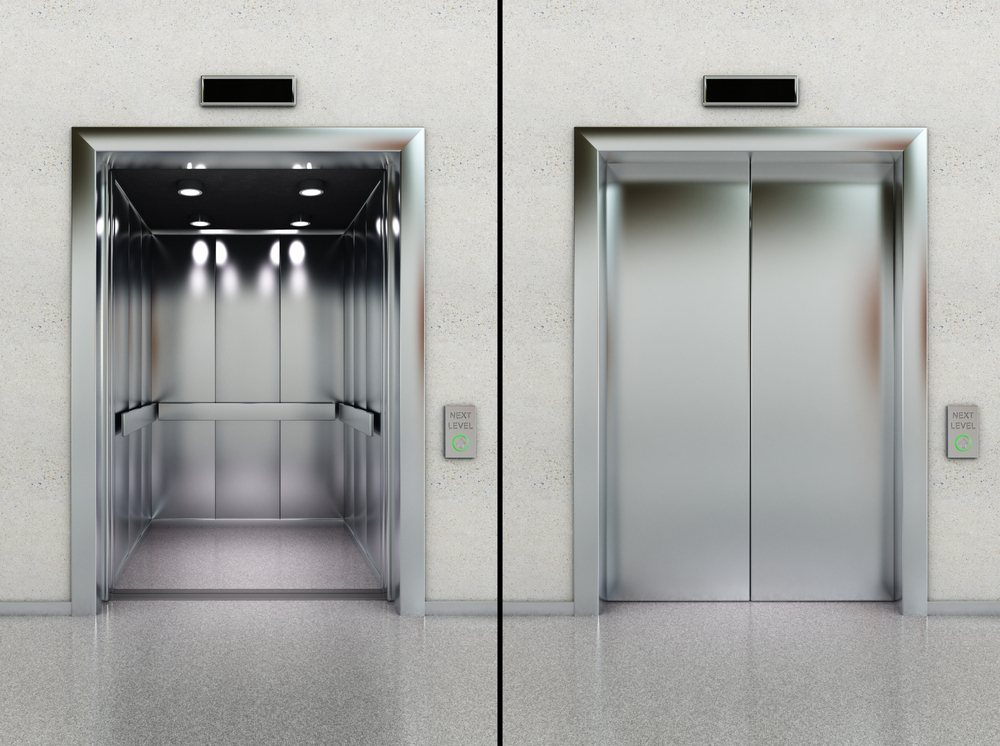We Maintain Lifts to the Highest Possible Specifications: Reliable Solution for All Lift Kind
We Maintain Lifts to the Highest Possible Specifications: Reliable Solution for All Lift Kind
Blog Article
Digging Into the World of Lifts: Usual Problems Faced by Numerous Lift Systems
As we navigate via the upright transport systems of modern-day buildings, elevators attract attention as an indispensable part of our day-to-days live. However, behind their smooth operation exists a world of intricate systems that can in some cases encounter difficulties. From hydraulic elevators to grip systems and machine-room-less designs, each lift kind comes with its collection of common concerns. Comprehending these obstacles is vital for guaranteeing the smooth performance of these vital systems. Allow's explore the intricacies that underlie the procedure of elevators and the possible issues that can develop, clarifying the complex internet of lift systems.
Hydraulic Elevators
Hydraulic lifts, often liked for low-rise structures, utilize fluid pressure to regulate the activity of the elevator cars and truck (lift repair companies). This device involves a hydraulic pump pushing oil into a cyndrical tube, creating the elevator to relocate the preferred instructions. While hydraulic elevators are understood for their quiet and smooth procedure, they do feature their own collection of usual issues
One widespread trouble with hydraulic lifts is oil leak. In addition, problems with the control system, such as defective valves or a malfunctioning pump, can trigger disturbances in the lift's activity.
Normal upkeep and timely repair services are important to make certain the smooth performance of hydraulic lifts. By attending to these typical problems proactively, building proprietors can decrease downtime and make sure the safety and security and effectiveness of their vertical transportation system.
Grip Lifts
When thinking about vertical transport systems in structures, an additional typical type other than hydraulic lifts is the traction elevator. Grip elevators run making use of a system of ropes and counterweights that move the lift automobile by grasping onto the hoist ropes. This mechanism enables smoother and quicker vertical transport compared to hydraulic systems.
Among the typical issues encountered by traction lifts is rope wear. The continuous movement of the ropes within the grip system can result in deterioration in time, possibly triggering the lift to malfunction or become dangerous for use. Normal evaluations and maintenance of the ropes are necessary to make certain the elevator's correct functioning and safety and security.
One more concern that traction lifts may come across is related to the control system. Issues with the control system can lead to problems such as erratic motion, hold-ups in reaction times, or perhaps complete closures. Normal testing and upkeep of the control system are essential to stop such issues and make certain the elevator's dependability.
Machine-Room-Less (MRL) Lifts

One of the essential components of MRL lifts is the small gearless traction machine that is mounted within the hoistway. This equipment efficiently drives the elevator car without the need for cumbersome tools located in traditional traction lifts. In addition, MRL lifts commonly make use of a counterweight system to stabilize the cars and truck, additional enhancing their power lift repair near me efficiency.
Despite their benefits, MRL elevators may encounter challenges associated with maintenance and repair service as a result of the restricted room for equipment setup. Access for servicing components within the shaft can be restricted, calling for specialized training for specialists. Correct upkeep schedules and routine examinations are essential to make sure the ongoing smooth operation of MRL elevators.
Overloading and Weight Limitation Issues
Overloading and weight limit issues are crucial issues in elevator operations. Elevator manufacturers design raises with details weight abilities to make certain guest safety and security and devices durability.
When elevators are overloaded, it puts excessive pressure on the electric motor, cords, and other elements, potentially creating breakdowns or malfunctions. Safety mechanisms such as sensing units and overload sensing disabled platform lifts prices uk units are in place to prevent lifts from relocating if they discover excess weight. In addition, going beyond weight limitations can lead to raised power consumption and wear and tear on the lift system.
To reduce overloading concerns, developing managers need to plainly display weight restrictions in elevators and enlighten passengers on the significance of sticking to these restrictions - lift repair companies. Routine upkeep checks by certified technicians can likewise assist guarantee that lifts are operating within secure weight parameters. By resolving overloading and weight limitation concerns proactively, building proprietors can enhance elevator safety and security and effectiveness
Electric System Failures
Surpassing weight limits in lifts can not only result in mechanical concerns but likewise possibly contribute to electric system failings within the lift infrastructure. Electric system failings are a crucial problem in elevator operation, as they can trigger unanticipated shutdowns, malfunctions, and even safety risks. One typical electric issue is the overheating of elements as a result of excessive present circulation created by overloading the elevator beyond its capability. This can bring about harm we maintain lifts to the control, electric motor, or circuitry systems, causing pricey repairs and downtime.
Routine upkeep and examinations are vital to identify and resolve prospective electrical concerns quickly, ensuring the reliable and risk-free operation of lift systems. By adhering to weight limitations and conducting regular electrical system checks, structure owners can minimize the risk of electric failures in lifts.
Verdict

Hydraulic elevators, usually liked for low-rise buildings, make use of fluid stress to control the activity of the elevator car.When taking into consideration upright transportation systems in buildings, one more common kind aside from hydraulic lifts is the traction lift. Traction lifts operate making use of a system of ropes and counterweights that relocate the elevator auto by gripping onto the hoist ropes. Unlike conventional lifts that need a different device area to house the devices, MRL lifts integrate many of the components within the shaft, getting rid of the need for a specialized machine space.In conclusion, elevators encounter common concerns such as hydraulic malfunctions, traction system failings, and electrical system issues.
Report this page